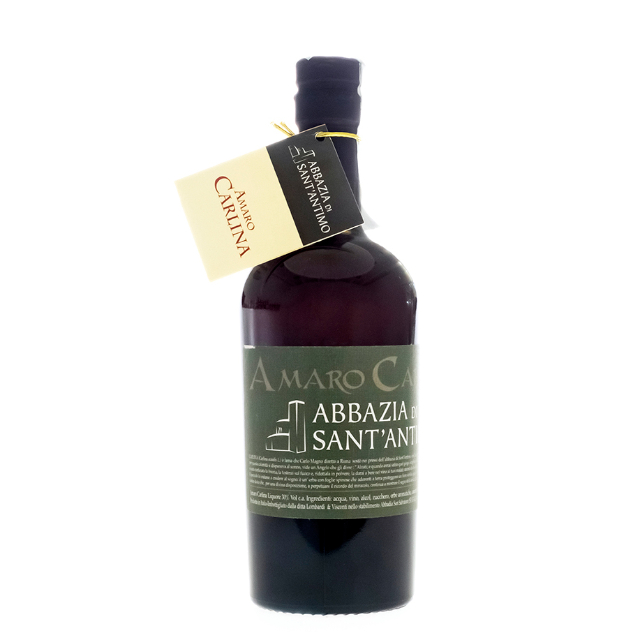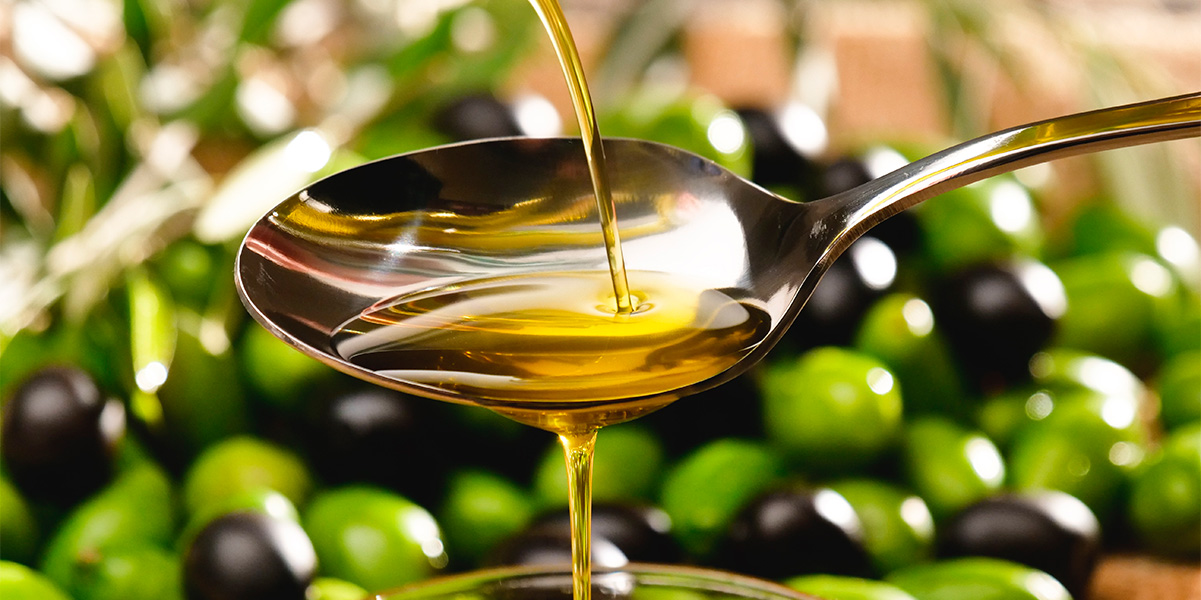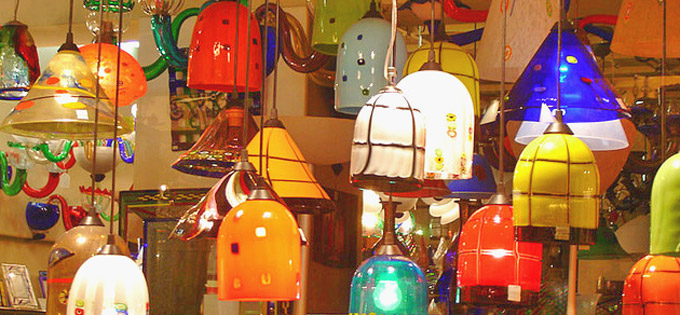The production of Amaro di Sant’Antimo has been handed down through the centuries by the Benedictine monks of Sant’Antimo Abbey. Founded in the 9th century and later rebuilt in the 12th century, the abbey is a wonderful example of Romanesque architecture. Set in a picturesque landscape of olive groves, wheat fields and Carlina acaulis plants, the abbey is a place of spirituality and craft production.Legend has it that during his journey to Rome, Charlemagne, afflicted by the plague-stricken army, stopped near the abbey of Sant’Antimo. Tired and worried about this calamity, he prepared for rest when, surprisingly, an angel appeared before him. The angel spoke to him in a calm voice and told him, "Get up, and when you have climbed that hill, shoot an arrow and strike the grass in whose root the arrow will be stuck. Next, toast the grass over the fire, reduce it to powder, and make your sick people drink it in wine. This miraculous drink will drive away all the poison from them and raise the morale of your army."Initially doubtful, Charlemagne decided to follow the angel’s instructions, convinced by the urgency and the hope of saving his troops. He climbed the indicated hill and with a precise stroke, shot the arrow toward the specified grass. The arrow lodged in the root of the grass, leaving an indelible mark.Charlemagne gathered the grass, roasted it over the fire and ground it to a fine powder. Then, following the angel’s words, he mixed the powder into the bitter wine and made the sick drink it.Miraculously, St. Antimo’s bitter, obtained through the use of the herb with healing properties, cured the soldiers suffering from the plague. Their health improved rapidly and the morale of the army was invigorated. In gratitude for this extraordinary event, Charlemagne ordered the construction of a church on the present site of St. Antimo’s Abbey.From that time on, the monks of Sant’Antimo Abbey continued to cultivate Carlina acaulis and use it as the main ingredient to create Amaro di Sant’Antimo.This bitter drink, with its distinctive flavor reminiscent of thistle claw, has become a symbol of healing and monastic tradition in the Tuscan region.Today, when visitors and pilgrims approach Sant’Antimo Abbey, they can still see the monks working the land,cultivating the plants and preparing Amaro di Sant’Antimo according to ancient recipes handed down for centuries. In addition to the bitter, other handcrafted products made by the monks, such as cosmetics, sweets and beer, are also available in the abbey’s pharmacy. The link between Sant’Antimo Abbey, the legend of Charlemagne and Amaro di Sant’Antimo lives on, carrying on the history and taste of this unique and healing drink.













